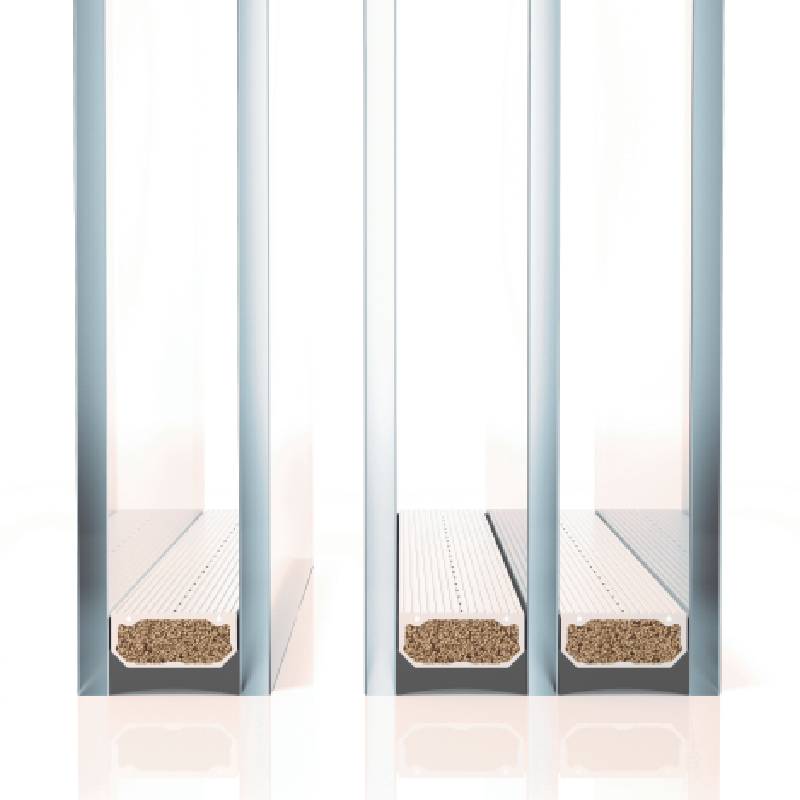

The Fascinating World of One-Way Mirror Glass
One-way mirror glass, also known as two-way glass, is a unique and intriguing material that has numerous applications in various fields, including architecture, psychology, and security. The fascinating properties of this glass allow for complete transparency on one side while providing a reflective surface on the other, creating a delicate balance between privacy and visibility.
The Fascinating World of One-Way Mirror Glass
One of the most recognizable applications of one-way mirror glass is in interrogation rooms and behavioral studies. In these settings, observers can watch subjects without their knowledge, providing unbiased insights into human behavior. This application raises ethical questions, particularly regarding consent and privacy, but it also underscores the importance of understanding human psychology. Researchers and law enforcement agencies leverage this unique material to gain insights without introducing bias from direct interaction.

In the realm of architecture, one-way mirror glass serves as a striking design element that can enhance both aesthetics and functionality. Glass facades in tall buildings often incorporate this material to create a visually stunning skyline while ensuring that occupants enjoy unobstructed views of the outside environment. This also contributes to energy efficiency, as it allows natural light to penetrate buildings while reducing the need for artificial lighting. However, architects must carefully consider the placement and orientation of one-way mirror glass to optimize its effects, balancing privacy for occupants with the desire to maintain visibility for those outside.
Beyond its psychological and architectural applications, one-way mirror glass can also be observed in various devices and technology. For instance, it is commonly used in rearview mirrors, allowing drivers to safely observe traffic behind them without revealing too much of the interior of the vehicle. Additionally, in consumer electronics, one-way mirror technology can be found in screens and displays that offer privacy features, protecting sensitive information from prying eyes while still allowing users to see what is on display.
However, there are limitations to one-way mirror glass that users must be aware of. The effectiveness of the mirror-like quality can vary depending on the lighting conditions, and strong lighting on the side meant to be observed can render the one-way effect null. Hence, strategic placement is crucial. Moreover, while one-way mirror glass provides a certain level of privacy, it is not foolproof—curiosity can lead individuals to investigate perceived reflections, and improper use can lead to ethical implications.
In conclusion, one-way mirror glass is a captivating material that straddles the line between visibility and secrecy. Its applications in psychology, architecture, and technology highlight its versatility and significance in modern society. As we continue to explore the capabilities and implications of this remarkable glass, it’s essential to consider the ethical dimensions it presents, particularly in contexts involving privacy and surveillance. In the end, one-way mirror glass not only reshapes our physical spaces but also influences our understanding of perception, observation, and the delicate balance between what is seen and what remains hidden.